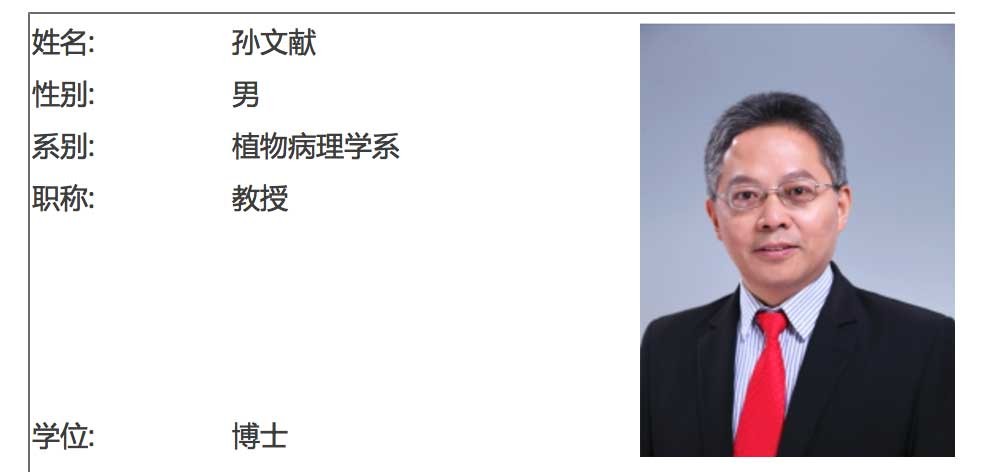博文
Plant Physiology:水稻OsCPK4调控水稻先天性免疫
|||
The kinase OsCPK4 regulates a buffering mechanism that fine-tunes innate immunity
The calcium-dependent protein kinase OsCPK4 (钙依赖性蛋白激酶OsCPK4) has been demonstrated to play important roles in salt and drought tolerance, plant growth and development in rice. However, little is known on molecular mechanisms underlying OsCPK4 function in rice immunity. In this study, we demonstrated that the generation of oxidative burst (活性氧迸发) and pathogenesis-related gene expression triggered by microbe-associated molecular patterns (MAMPs; 微生物相关分子模式) were significantly enhanced in the oscpk4 mutants. These mutant lines are more resistant to bacterial blight (细菌性疫病) and fungal blast diseases (真菌性瘟病) than the wild-type plants, indicating that OsCPK4 negatively regulates innate immunity (先天性免疫) in rice. OsCPK4 was further identified to interact with a receptor-like cytoplasmic kinase OsRLCK176 (类受体胞浆激酶). OsRLCK176 accumulation is negatively regulated by OsCPK4. Interestingly, the kinase-dead OsCPK4 promotes OsRLCK176 degradation more strongly than the wild-type protein. OsCPK4 and OsRLCK176 mutually (相互地) phosphorylate each other and form a feedback loop (反馈环). Moreover, the kinase activity and phosphorylation of OsCPK4 and OsRLCK176 contribute to the stability of OsRLCK176. These findings indicate that the kinase-inactive OsCPK4 promotes OsRLCK176 degradation and restricts plant defenses; whereas the activation of OsCPK4-OsRLCK176 phosphorylation circuit (回路) invalidates (使无效) the OsRLCK176 degradation machinery and thus enhancing plant immunity. Collectively, the study proposes a novel defense buffering mechanism mediated by OsCPK4, which fine-tunes MAMP-triggered immunity in rice.
钙依赖性蛋白激酶OsCPK4在水稻中的盐胁迫和干旱胁迫,及植物生长和发育中扮演重要作用。然而,对于OsCPK4作用于水稻免疫的分子机制还很少了解。本文揭示了在oscpk4突变株中活性氧迸发和微生物相关分子模式MAMPs所诱导的病原相关基因的表达显著增强。这些突变系对于细菌性疫病和真菌性瘟病要比野生型更具抗性,显示OsCPK4会负调控水稻的先天性免疫。OsCPK4还会与一个类受体胞浆激酶OsRLCK176互作。OsRLCK176的积累与OsCPK4负相关。有趣的是,在OsCPK4激酶致死会比野生型中更会促进OsRLCK176的降解。OsCPK4和OsRLCK176相互磷酸化,从而形成一个反馈回路。此外,OsCPK4和OsRLCK176的激酶活力和磷酸化会维持OsRLCK176的稳定性。这些发现显示OsCPK4激酶激活会促进OsRLCK176的降解并限制植物防御性。同时,OsCPK4-OsRLCK176磷酸回路的激活会使得OsRLCK176的降解机制变得无效,因此会增强植物免疫。综上,本文揭示了一个由OsCPK4介导防御缓冲机制,这能够精细调控水稻MAMP诱导的免疫。
通讯:孙文献 (http://cpp.cau.edu.cn/art/2012/4/24/art_21988_457999.html)
个人简介:1988-1992年,南京农业大学,学士,方向:农学;1992-1995年,南京农业大学,硕士,方向:作物遗传育种;1995-1998年,南京农业大学,助教;1998-1998,南京农业大学,讲师;1999-2003年,Ohio University,生物学系博士;2004-2008年,University of Wisconsin-Madison,植物病理系博士后;2008年11月- :中国农业大学教授。
doi: https://doi.org/10.1104/pp.17.01024
https://m.sciencenet.cn/blog-3158122-1089974.html
上一篇:Plant Biotechnol J:西葫芦基因组从头组装
下一篇:J EXP BOT:叶片衰老相关表观遗传调控综述
全部作者的其他最新博文
- • Plant Physiology:CsMADS3促进柑果中的叶绿素降解和类胡萝卜素合成(华中农业大学)
- • Molecular Plant:LBD11-ROS反馈调节作用于拟南芥的维管形成层增殖和次生生长(浦项科技大学)
- • Science Advances:根结线虫通过调控植物的CLE3-CLV1模块,促进侵染进程(日本熊本大学)
- • The Plant Cell:拟南芥P小体组分通过对FLC的转录调控,影响开花时间(安徽农业大学)
- • Nature Communications:油菜素内酯参与植物营养生长期转变的分子机制解析(浙江农林大学)
- • Current Biology:光合作用产生的蔗糖驱动侧根“生物钟”(德国弗莱堡大学)

